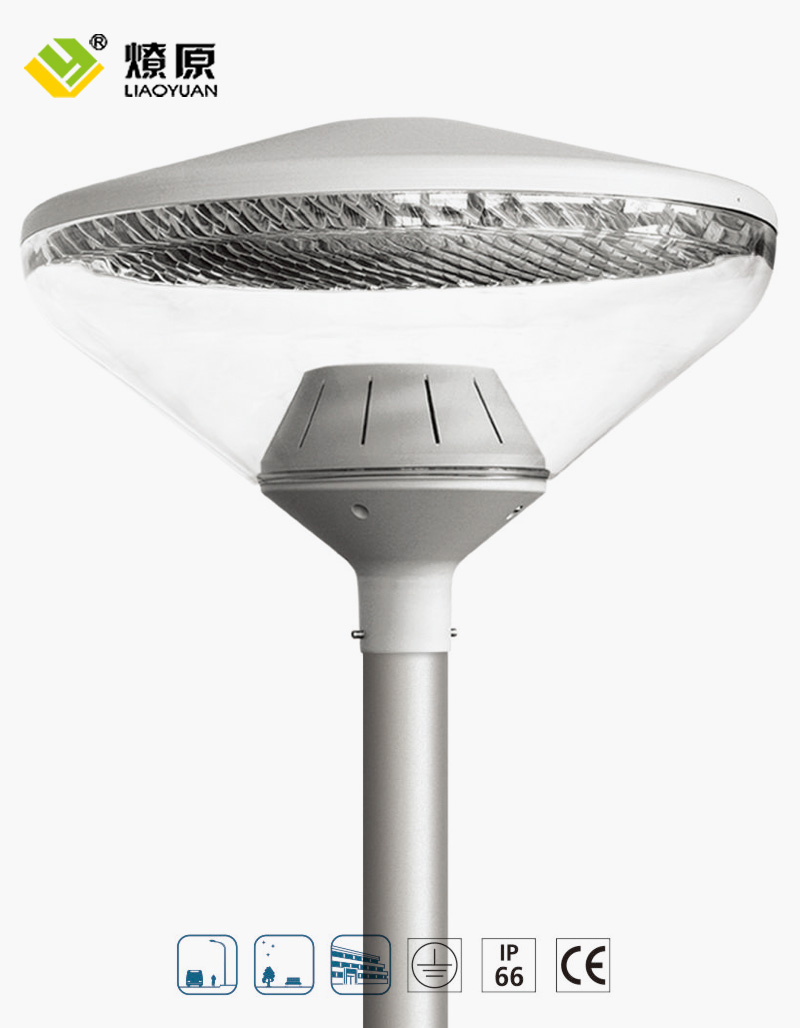Summary:Road Lighting refers to the lamps and lights that light up the road. They are also known as lampposts, street lights, or light standards. Si...
Road Lighting refers to the lamps and lights that light up the road. They are also known as lampposts, street lights, or light standards. Similar lights are also installed in railway stations and on train platforms. There are many different types of road lighting. These types of lights are important for safe travel, because they allow people to see where they are walking.
Roadway lighting should provide good natural illumination. The lighting level should be at least 30 lx for expressways, and 20 lx for secondary trunk and branch roads. Similarly, street lighting should provide good inducement for drivers. The standard lux level for street lighting is 20 lx. However, these values can differ depending on the road type.
In addition to improving traffic safety, proper road lighting also reduces the risk of accidents. When it is dark, drivers may take more risks, and pedestrians may overlook other road users. Proper lighting can help minimize accidents, and the recommended amount of lighting is calculated based on factors such as the type of road, the speed limit, and the surrounding environment.
Road lighting should be symmetrical and provide light on both sides of the road. For curved sections, the lighting on the outer side of the curve should be about 50% to 70% of the distance between the lamps on a straight-line section. In addition, it is important to adjust the timing of the switching of the road lights according to seasonal changes.
The study showed that road lighting had a profound effect on the perceived visibility of a target. The test drivers drove at 30 km/h, which is the same as the speed limit on a street. They were required to spot a target at a fixed location within each round. They were also required to change the drivers every round to avoid order effects. In addition to the intensity of the road lighting, a standard target was placed in the middle of two poles in the lane.
The optimal operating area for road lighting is close to the economic load factor of the transformer. The average illuminance (Eh) and minimum illuminance (Em) of the road surface are determined. The height and distance of light poles and the kind of LED used should be uniform. To achieve an effective light function, periodic maintenance should be performed on the light poles. Alternatively, solar cell panels can be used for electrical energy.
Illuminance is measured using a mirror Gonophotometer. The results are graphically represented using a polar intensity diagram. Luminance of a road lighting luminaire is a function of the angle g between the luminaire's vertical axis and the angle of incidence. The resulting data is used to determine the illuminance levels of the road.
Research indicates that road lighting helps reduce the number of accidents that occur in the dark. It also reduces the severity of accidents. According to studies, the lighting benefits outweigh the cost of the project. Furthermore, improved lighting helps deter illegal activities.

IP66 protection degree.
Insulation class: Ⅰ
Power supply: 120-277V (50/60Hz)
LED current: 700mA
Power Factor: >0.95
Working Ambient: -35℃to+45℃
CRI: Ra ≥70
CCT: Warm White (3000 - 3700K),Neutral White (3700 - 5000K) and Cool White (5000 - 6500K)
Net Weight (Max. Watt): 9kg

